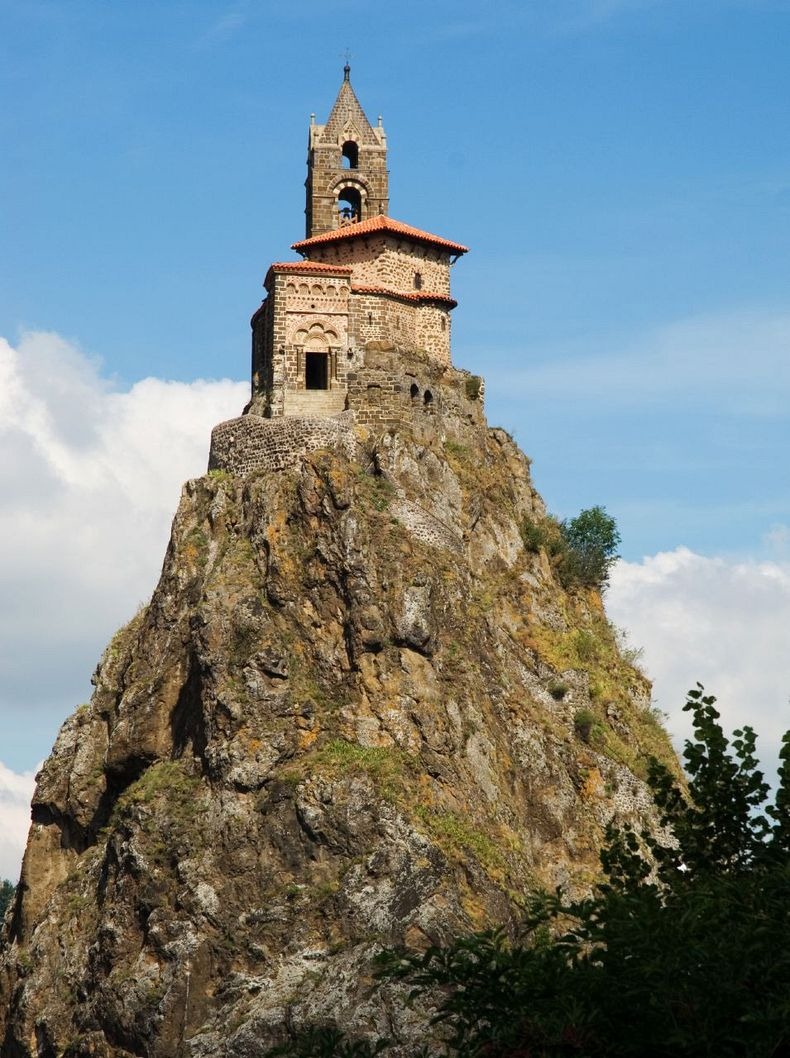Around 1 per cent of children could be inherently psychopathic, with parents unable to turn around their behaviour, according to researchers. Up until now, children who lie, manipulate and commit acts of cruelty without remorse were thought to be the product of poor parenting.
But psychologists at University College London said two studies which they carried out showed such traits are largely genetic.

Researchers found that one in 100 British children display signs of psychopathic behaviour, and that normal parenting methods rarely work because the children an incapable of empathy
It means typical punishments such as the 'naughty step' are unlikely to be effective. The theme is explored in bestselling novel We Need to Talk About Kevin by Lionel Shriver, which is about a mother struggling to come to terms with her psychopathic, killer son.
Lead researcher Professor Essi Viding said the novel was a good portrayal of a child psychopath and how their behaviour cannot be blamed on parents. She said: 'Yes, the mother was not a perfect mother. But this mother managed to bring up one child [Kevin's sister] who was perfectly well-integrated and typical, and another child who was extremely, extremely troublesome.'
The researchers said such children, which they describe as 'callous- unemotional', form a distinct sub-group of badly behaved youngsters. They predicted between a quarter and half of children with conduct problems could fall into this category, equating to around 1 per cent of all children in the UK.

The researchers also warn that traditional parenting methods to discipline children such as the naughty step are unlikely to work
Professor Viding said that although children who had anti-social behavioural tendencies were more likely to be the product of poor parenting, this was not the case for children with psychopathic tendencies. She said: 'For the group which has callous-unemotional traits, there's a strong genetic vulnerability. 'This does not mean these children are born anti-social or are destined to become anti-social. 'But in the same way that some of us are more susceptible to heart disease, these children are people who are more vulnerable to environmental influences that trigger the anti-social outcome.'
However, Professor Viding, who will present her findings at the British Science Festival in Aberdeen next week, said there is some evidence that psychopathic children respond to 'warm parenting'. This might mean giving children what they want in return for good behaviour, even against the parents' better judgment.
Source
READ MORE»
But psychologists at University College London said two studies which they carried out showed such traits are largely genetic.
Researchers found that one in 100 British children display signs of psychopathic behaviour, and that normal parenting methods rarely work because the children an incapable of empathy
It means typical punishments such as the 'naughty step' are unlikely to be effective. The theme is explored in bestselling novel We Need to Talk About Kevin by Lionel Shriver, which is about a mother struggling to come to terms with her psychopathic, killer son.
Lead researcher Professor Essi Viding said the novel was a good portrayal of a child psychopath and how their behaviour cannot be blamed on parents. She said: 'Yes, the mother was not a perfect mother. But this mother managed to bring up one child [Kevin's sister] who was perfectly well-integrated and typical, and another child who was extremely, extremely troublesome.'
The researchers said such children, which they describe as 'callous- unemotional', form a distinct sub-group of badly behaved youngsters. They predicted between a quarter and half of children with conduct problems could fall into this category, equating to around 1 per cent of all children in the UK.
The researchers also warn that traditional parenting methods to discipline children such as the naughty step are unlikely to work
Professor Viding said that although children who had anti-social behavioural tendencies were more likely to be the product of poor parenting, this was not the case for children with psychopathic tendencies. She said: 'For the group which has callous-unemotional traits, there's a strong genetic vulnerability. 'This does not mean these children are born anti-social or are destined to become anti-social. 'But in the same way that some of us are more susceptible to heart disease, these children are people who are more vulnerable to environmental influences that trigger the anti-social outcome.'
However, Professor Viding, who will present her findings at the British Science Festival in Aberdeen next week, said there is some evidence that psychopathic children respond to 'warm parenting'. This might mean giving children what they want in return for good behaviour, even against the parents' better judgment.
Source
























